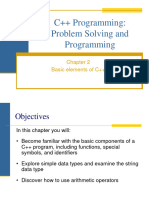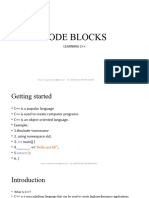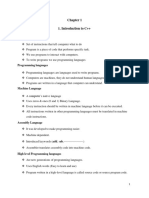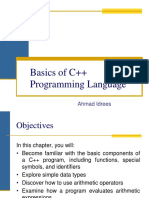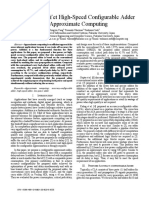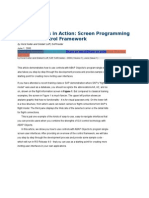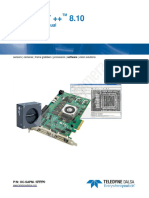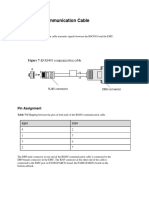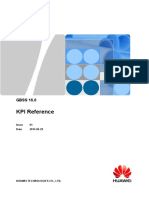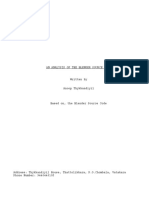0% found this document useful (0 votes)
17 views48 pagesC - Introduction
C++ is a versatile programming language developed by Bjarne Stroustrup in the 1980s, known for its object-oriented features suitable for system programming and game development. The document covers the basic structure, syntax, data types, operators, and variable handling in C++, providing examples and explanations for each topic. It also includes exercises to practice coding skills and understand concepts like string handling and arithmetic operations.
Uploaded by
btrnl 2006. GamingCopyright
© © All Rights Reserved
We take content rights seriously. If you suspect this is your content, claim it here.
Available Formats
Download as PDF, TXT or read online on Scribd
0% found this document useful (0 votes)
17 views48 pagesC - Introduction
C++ is a versatile programming language developed by Bjarne Stroustrup in the 1980s, known for its object-oriented features suitable for system programming and game development. The document covers the basic structure, syntax, data types, operators, and variable handling in C++, providing examples and explanations for each topic. It also includes exercises to practice coding skills and understand concepts like string handling and arithmetic operations.
Uploaded by
btrnl 2006. GamingCopyright
© © All Rights Reserved
We take content rights seriously. If you suspect this is your content, claim it here.
Available Formats
Download as PDF, TXT or read online on Scribd
/ 48




















